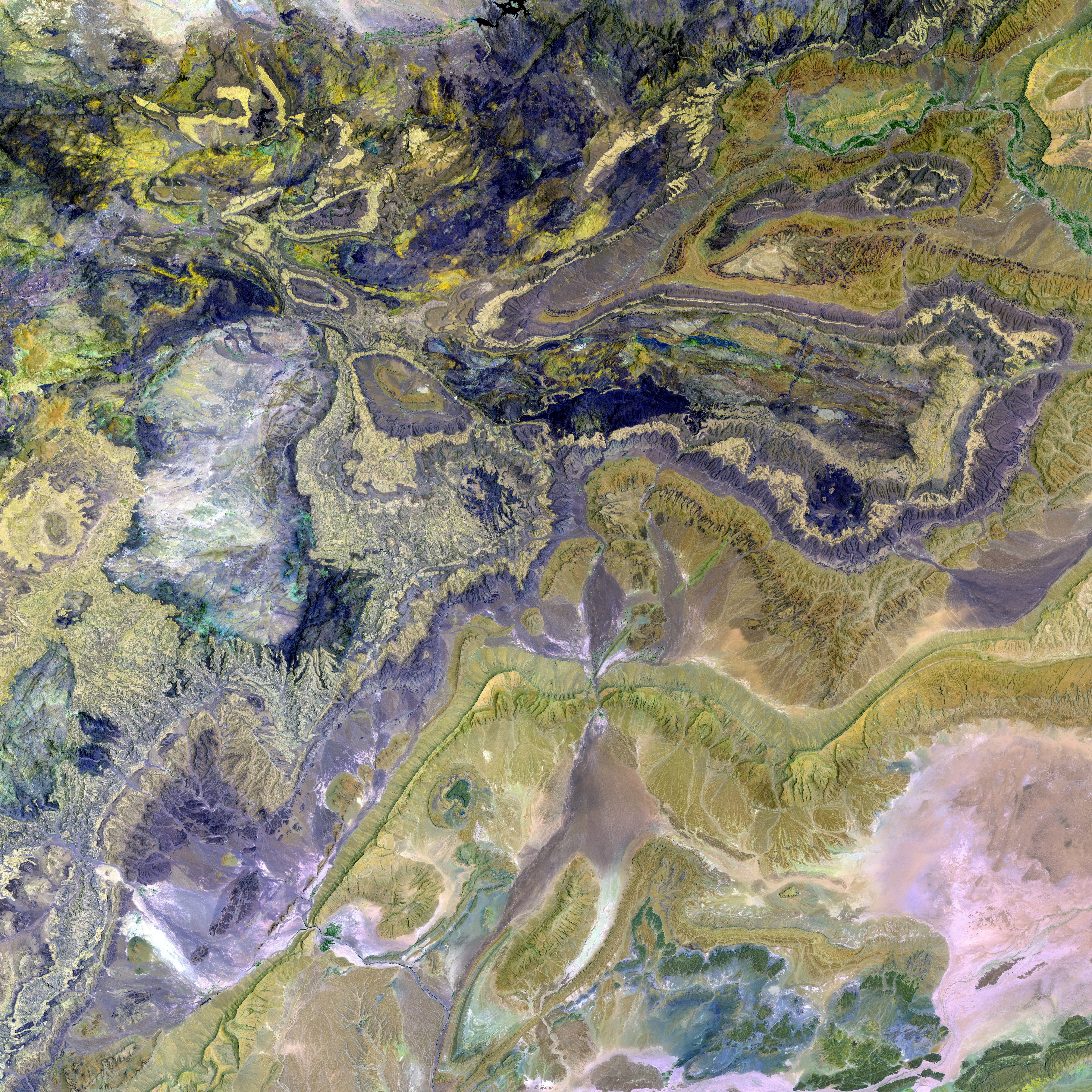Cow Stomach Fluids as Potential Solution for Plastic Pollution: An Unexpected Approach?
In the ongoing battle against increasing plastic pollution, a groundbreaking study published in Frontiers in Bioengineering and Biotechnology may just have found a viable solution. Researchers from three Austrian universities believe the digestive microbiomes found in the stomachs of cattle have the potential to break down certain synthetic polyesters, making them less harmful to the environment.
Every year, the United States landfills alone receive tens of millions of tons of plastic waste, making safe disposal and reuse a significant challenge. To combat this issue, scientists are turning to nature for answers, exploring unconventional approaches to recycle and process synthetic waste products.
The study began by observing that some animals, like ruminants, have evolved to consume natural plant polyesters through a highly specialized digestive process. Cattle, for instance, have a complex digestive system consisting of four distinct stomach chambers, the largest of which, the rumen, houses an astonishing microbial community responsible for breaking down food.
Dr. Doris Ribitsch, one of the study co-authors, explains, "We suspected that some biological activities could also be used for polyester hydrolysis" due to the potential for key enzymes found in the rumen to interact with water and separate the chemical bonds of synthetic polyesters.
The scientists tested this hypothesis by incubating rumen liquid obtained from a slaughterhouse with three different synthetic polyesters commonly used in manufacturing. Their experiments showed improved polyester decomposition compared to earlier studies focusing on isolated enzymes and microorganisms. The authors attribute the improvement to synergistic interactions between the diverse elements of the rumen microbiome.
While further studies are needed before such a method can be implemented on an industrial scale, the researchers believe their findings indicate untapped potential. According to Dr. Ribitsch, "Due to the large amount of rumen that accumulates every day in slaughterhouses, upscaling would be easy to imagine."
It's essential to approach this research with cautious optimism, as more studies are needed to confirm and expand upon these findings. But if validated, the use of bovine stomach fluids could prove to be a cost-effective and eco-friendly solution to plastic waste disposal.
Reference:Frontiers in Bioengineering and Biotechnology
[1] Turner, N.J., et al., The structure and function of the bacteria in the rumen digestive system of cattle. Journal of Dairy Science, 2012. 95(10): 4767-4785.
[3] Rehman, Z., et al., Identification and characterization of novel ruminal enzymes for the potential application in lignocellulosic biomass degradation: A review. Journal of Bioscience and Bioengineering, 2019. 129(6): 539-547.
- The groundbreaking study in Frontiers in Bioengineering and Biotechnology suggests that the digestive microbiomes found in cattle could contribute to health-and-wellness and environmental-science by breaking down certain synthetic polyesters, potentially aiding in the reduction of plastic waste.
- In the realm of fitness-and-exercise and climate-change, this research could lead to surprising advancements, as the study authors propose that the diverse elements of the rumen microbiome could offer innovative solutions for the processing of synthetic waste products.
- The implications of these findings extend beyond the immediate realm of plastic waste disposal, as the study suggests the potential for upscaling the use of bovine stomach fluids, which could lead to cost-effective and eco-friendly methods in the field of health-and-wellness and environmental-science.




